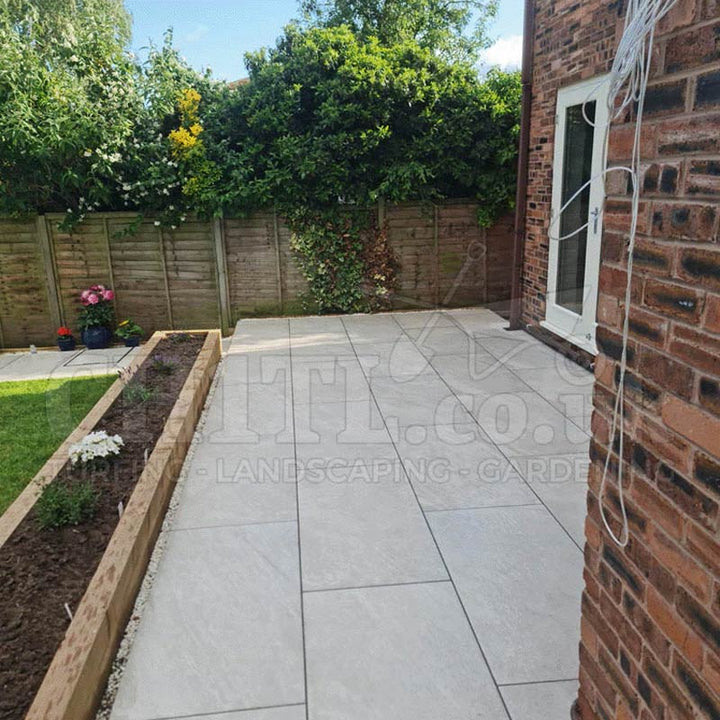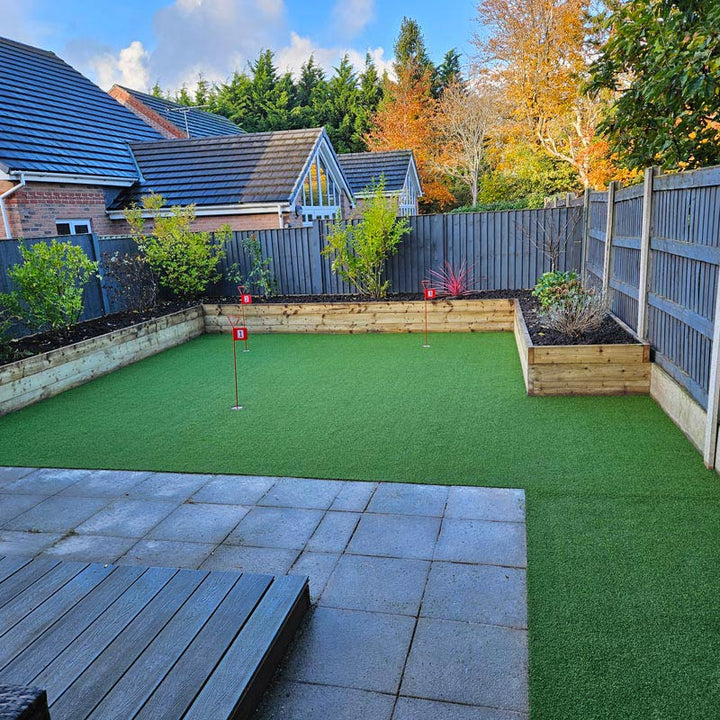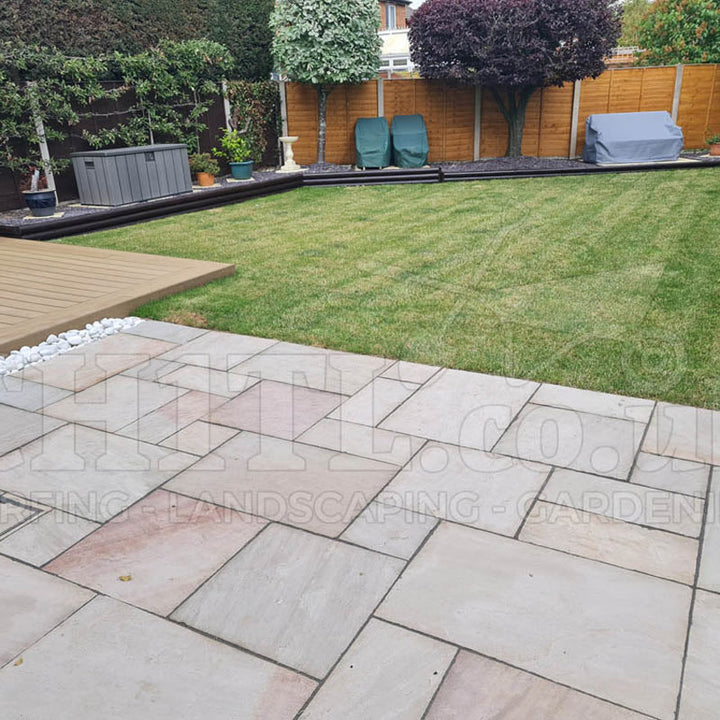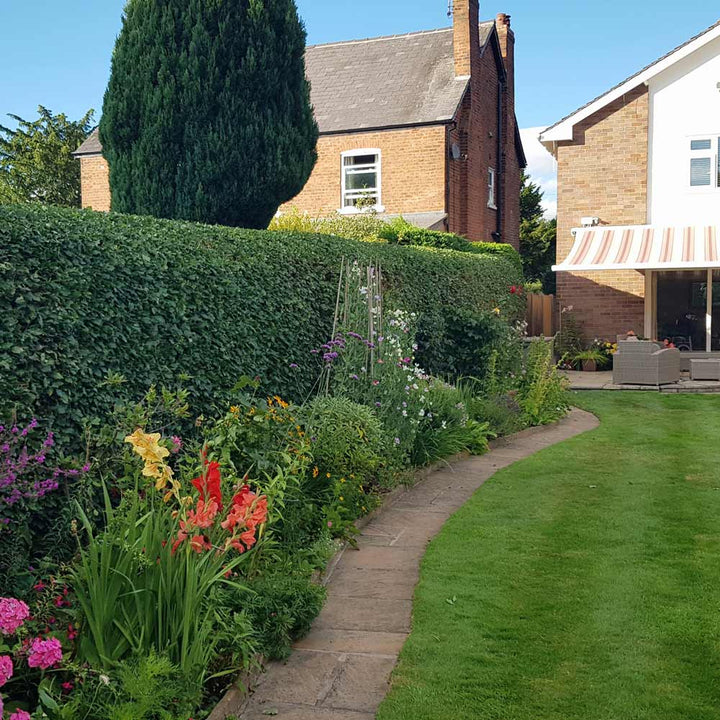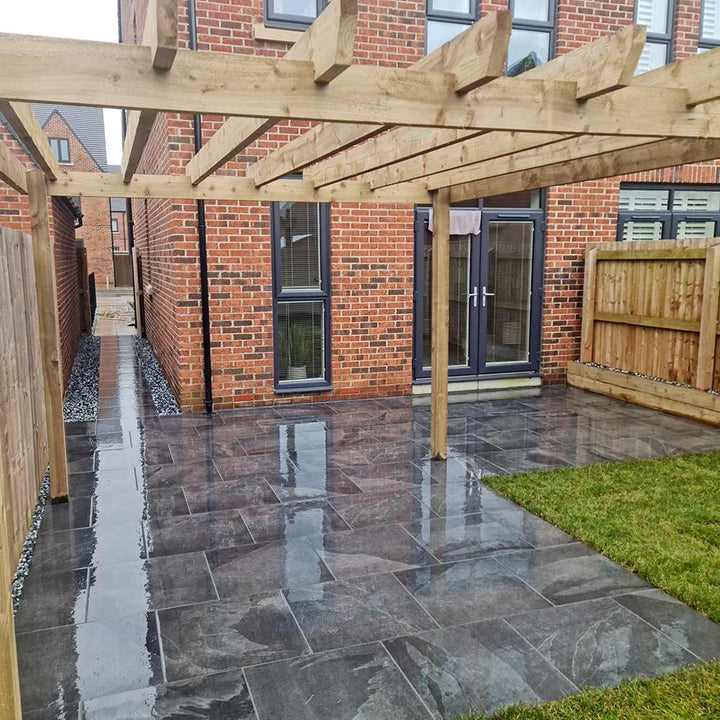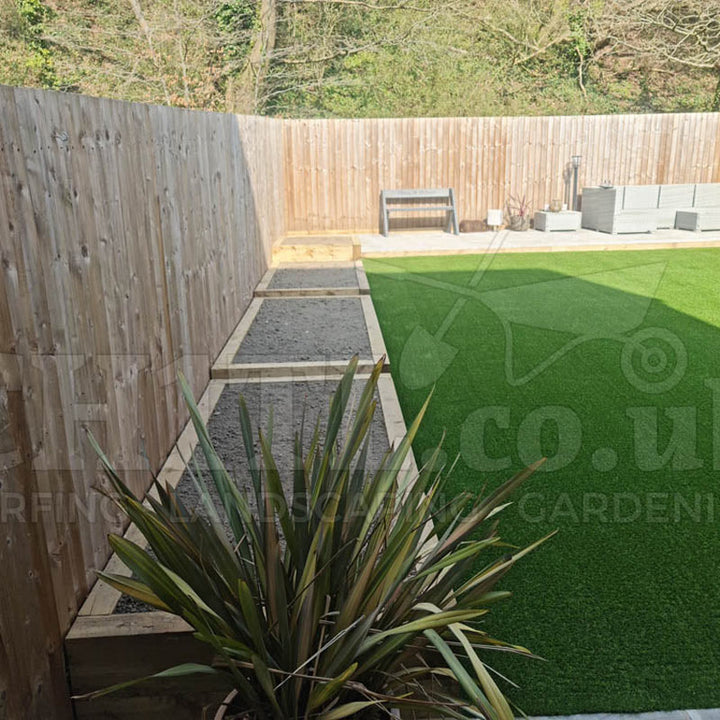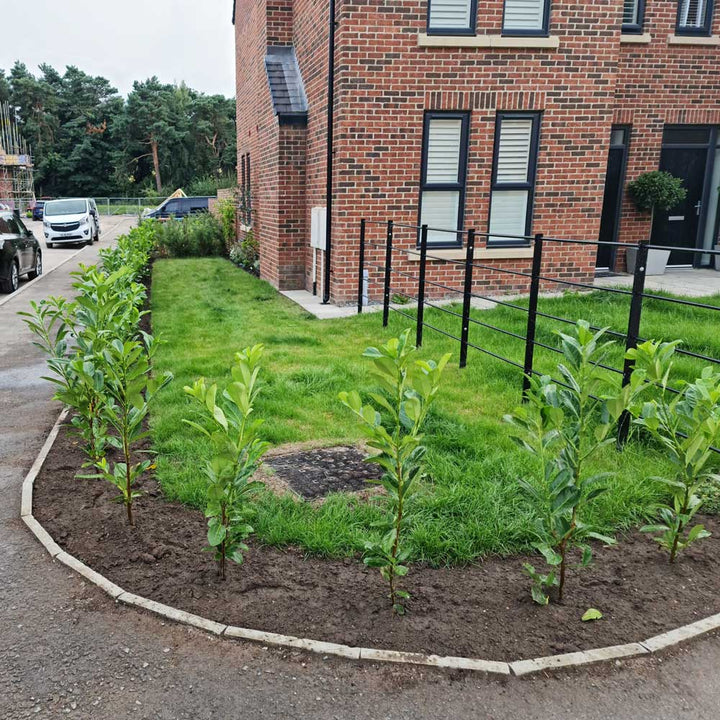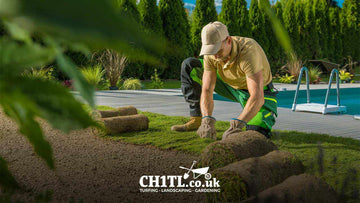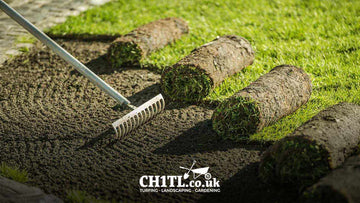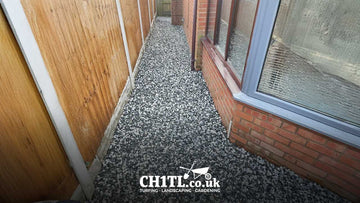
Gravel driveways are a choice for homeowners seeking a cost-effective, durable, and aesthetically pleasing solution for their property's entrance. Their versatility allows for a variety of gravel driveway designs and materials, enabling customisation to complement various architectural styles and personal preferences.
In this guide, we discuss the benefits of gravel driveway designs and different style options, discuss the best materials available, and provide practical tips for installation and maintenance. This guide will help you make an informed decision to achieve the perfect look for your home.
Why Choose Gravel Driveway Designs for Your Home?
Choosing the right driveway material is an important decision for homeowners looking to enhance the functionality and appearance of their property.
Gravel driveway designs offer a perfect balance of:
-
Cost-Effectiveness: Compared to alternatives like asphalt or concrete, gravel is generally more affordable, both in terms of material costs and installation expenses.
-
Durability: When properly installed and maintained, gravel driveways can withstand heavy use and various weather conditions, providing a long-lasting surface.
-
Permeability: Gravel allows rainwater to seep through, reducing runoff and promoting groundwater recharge, which benefits the environment.
-
Aesthetic Versatility: With a variety of gravel types and colors available, homeowners can achieve a look that complements their property's style.
By choosing the right gravel driveway design, you can create a stylish and practical entrance that enhances your home's curb appeal while remaining budget-friendly.
Stylish Gravel Driveway Ideas
When planning a gravel driveway, consider the following gravel driveway designs to enhance functionality and curb appeal:
1. Shape and Layout: Decide on a layout that suits your property's terrain and aesthetic preferences. Options include straight driveways, curved designs, circular driveways, or custom shapes to accommodate landscaping features.
2. Edging: Incorporating edging materials helps contain the gravel, preventing it from spreading into adjacent areas.
3. Gradient and Drainage: Ensure the driveway has a slight slope to facilitate proper drainage, preventing water accumulation that can lead to erosion or potholes.
4. Integration with Landscaping: Blend the driveway seamlessly with your garden or yard by incorporating complementary plants, lighting, and other landscaping elements.
Best Gravel Types for Your Driveway
Choosing the right type of gravel is essential for creating a functional and attractive driveway.
Here are some of the best options:
-
Crushed Stone: This is one of the most commonly used driveway gravels. Its angular shape helps it lock together, creating a stable surface that resists shifting.
-
Pea Gravel: Small, smooth stones that provide a visually appealing surface. However, they can shift more easily, making them less ideal for driveways with heavy traffic.
-
Decomposed Granite: A natural material that creates a compact and firm surface, often used for driveways and pathways.
-
Resin-Bound Gravel: This option combines gravel with resin for a durable, stylish, and low-maintenance finish. It’s a great choice for a sleek and modern driveway.
Each gravel type offers unique benefits, so choose one that best suits your driveway’s usage, aesthetic preferences, and long-term maintenance needs. With the right material, you can enhance both the functionality and beauty of your gravel driveway designs.
How to Install a Gravel Driveway (Step-by-Step Guide)
Installing a gravel driveway is a straightforward process. Follow these steps for the best results:
-
Prepare the Site: Clear the area of any grass, plants, or debris. Mark the boundaries using stakes and string.
-
Excavate the Area: Dig about 6-8 inches to create space for the foundation layers.
-
Lay a Weed Barrier: A geotextile fabric helps prevent weed growth while allowing water to drain.
-
Add a Sub-Base: Spread a layer of large crushed stones for stability. Compact this layer thoroughly.
-
Lay the Base Gravel: Add a medium-sized gravel layer and compact it.
-
Top It Off: Spread the final layer of decorative gravel, raking it evenly across the surface.
-
Compact and Edge the Driveway: Use a tamper or roller to ensure a firm surface, and install edging materials to keep the gravel in place.
Maintaining Your Gravel Driveway
To keep your gravel driveway in great shape, follow these simple maintenance tips:
-
Regularly rake the surface to redistribute displaced gravel.
-
Fill potholes promptly by adding and compacting fresh gravel.
-
Remove weeds as they appear to prevent them from taking over.
-
Replenish the gravel layer every few years to maintain its thickness and appearance.
With regular upkeep, your gravel driveway design will remain attractive, functional, and long-lasting, providing a smooth and welcoming entrance to your home for years.
Conclusion: Upgrade Your Home with Beautiful Gravel Driveway Designs
A well-designed gravel driveway is more than just a functional space; it enhances your home’s curb appeal, provides durability, and offers an affordable alternative to concrete or asphalt. With a variety of gravel driveway designs to choose from, you can customise your driveway to match your home’s style while ensuring easy maintenance and excellent drainage.
Whether you prefer a classic straight layout, a curved entrance, or decorative edging, gravel driveways offer endless possibilities.
If you're looking for high-quality materials, CH1 turfing and landscaping provides premium gravel options. Our expert team can also help with professional installation.
Upgrade your driveway today! Explore CH1’s gravel collection and create the perfect entrance for your home.
